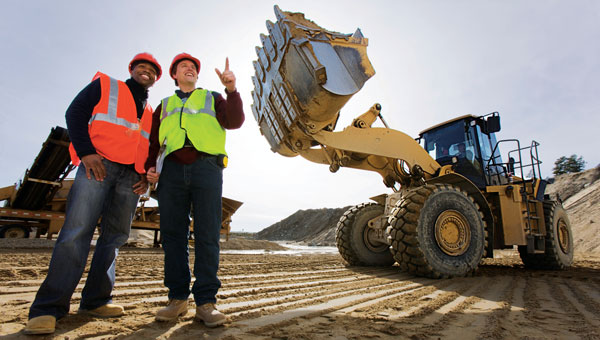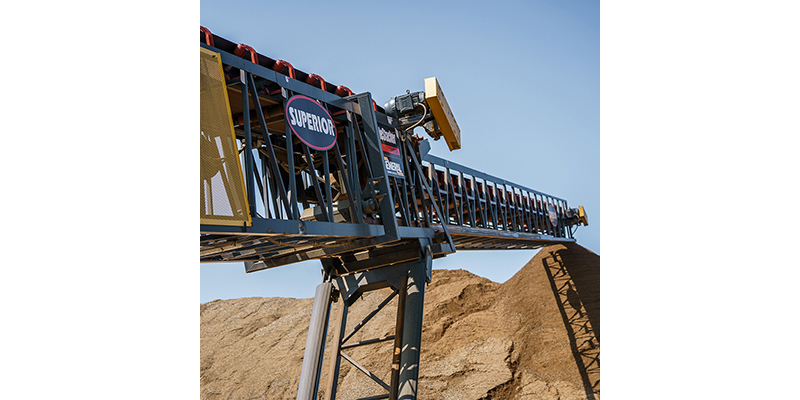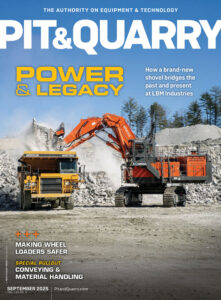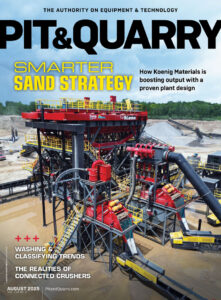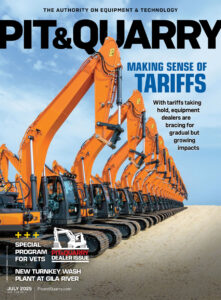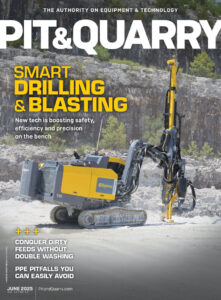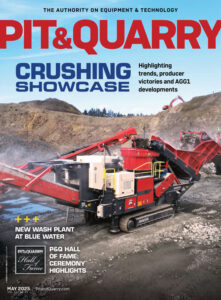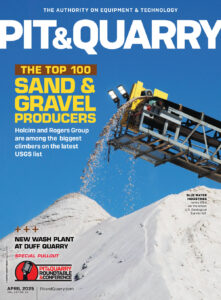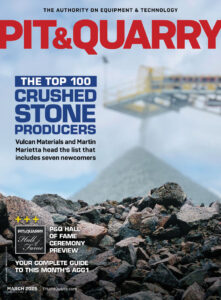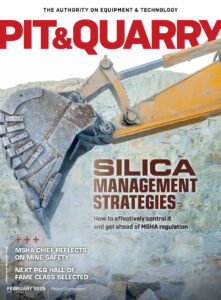
“Skill shortages are still the top issue in the construction industry. There’s a structural issue. We have, for a long time, not had enough skilled construction workers. I expect that over the next 10 to 15 years, the skilled construction worker shortfall will expand.”
– Anirban Basu, Associated Builders & Contractors

“We remain well-positioned for long-term growth. The nation’s aging infrastructure continues to need renovation and expansion, which should benefit us as a U.S. domestic-only manufacturer of construction products and buildings materials. Although the housing market faces challenges due to elevated mortgage rates and other affordability issues, we believe we will be well positioned when that end market recovers given our geographic footprint.”
– Michael Haack, Eagle Materials

“We are investing in our aggregates business and are already seeing the benefits of completed projects such as the Balcones Quarry upgrade in Texas. Balcones is one of the largest quarries in the U.S., and the project is contributing to increased margins. We are also expecting completion by year-end of another ongoing aggregates project: Four Corners at Sand Mine in Orlando, Florida. For 2025, we expect demand to be driven by infrastructure as IIJA (Infrastructure Investment & Jobs Act) transportation projects continue to roll out. Close to 50 percent of funds under IIJA have been spent, and we expect to reach peak spending in 2026.”
– Lucy Rodriguez, Cemex

“I have very high hopes for the aggregate industry the rest of this year. What makes the industry move forward is the lack of regulations. In the previous administration, we had too many regulations. Now, regulations are being rolled back. Regulations are a very complicated issue. It doesn’t mean we don’t need regulations – we do. But we need reasonable regulations.”
– Alex Kanaris, VDG (Van der Graaf)

“It’s an encouraging time for the aggregate industry. There is so much work out there. We’ve had a great start to the year in the aggregate world. It’s very promising. Sometimes, with everything going on in the country, we take for granted the material we make here, and how we can help support that and get it into the contractor’s hands. Tariffs stink when it comes to price increases, but you must control what you can control. Most customers have been understanding. It hasn’t affected us that badly.”
– Steven Schmidt, Murphy Tractor & Equipment Co.

“The industry is still very, very strong. There is still a lot of work going on. The aggregate industry has been on fire for the last five years. With data centers being built around certain metropolitan areas, they cannot produce enough stone. Housing has been supplanted by data centers and highway construction. The infrastructure that continues to be developed consumes a lot of rock. Cities can only grow so far before they no longer make sense logistically. That center city area, however, still makes a lot of sense.”
– Ken Skala, NPK Construction Equipment

“Demand in the industry continues to be strong. There’s still a lot of infrastructure projects, renewable energy development and regional growth. Producers are faced with labor shortages and permitting challenges. Like us and our dealers, they’re starting to see cost pressures from the tariffs. I think we’re already starting to see that here in the second half of the year – and a little bit of the unknown with tariffs. I think you’re going to see increased margin pressure because of that – from manufacturer to dealer to end user. Despite it being a challenging time, everyone is optimistic and there’s such a demand for infrastructure.”
– Jason Adams, Superior Industries

“Things feel pretty steady right now. A few years ago, business was absolutely, insanely busy. Then it slowed down a bit. But I think a lot of operations have found an equilibrium. I do think it’s going to pick up again.”
– Tamara Whitaker, R.A. McClure
Related: Perspectives: Industry leaders reflect on state of the industry

